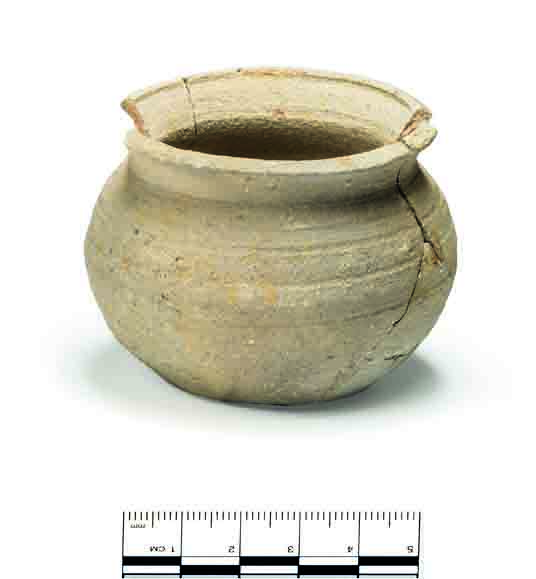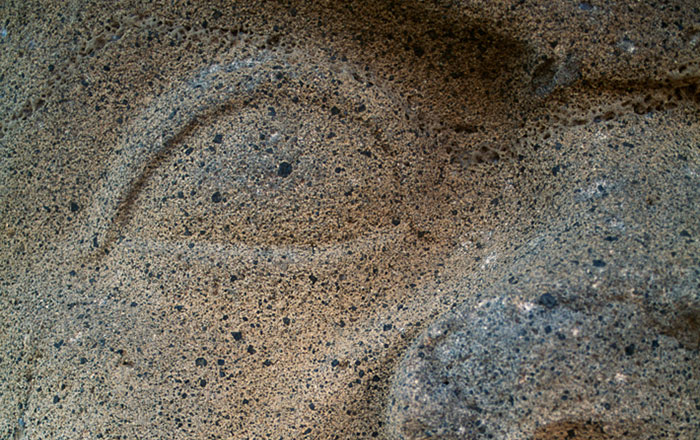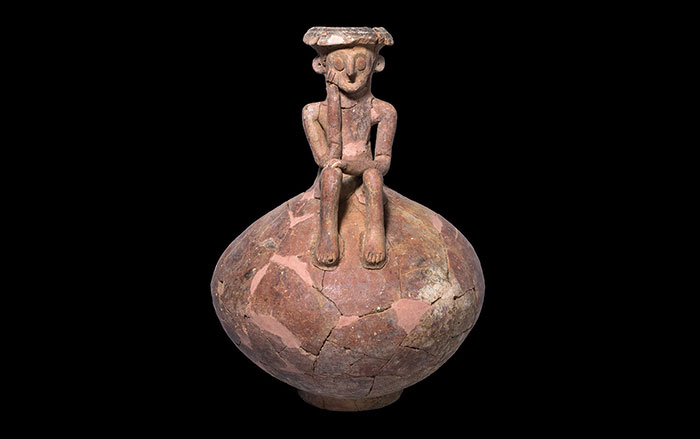
SOUTHAMPTON, ENGLAND—According to a report in The Guardian, a team of researchers from Historic England and the University of Southampton studied a collection of human bones from at least ten individuals excavated from a medieval site in North Yorkshire more than 50 years ago. The remains were recovered from overlapping pits between houses in the village, and not near the church or in its graveyard. Scholars originally thought the burials were older than the medieval village. But the new research reveals that the broken bones, which belonged to adults, teenagers, and children, bear cut marks and evidence that some of the body parts had been burned. Isotopic analysis of the individuals’ teeth indicates that they had lived in the village where they had been buried, and so were not invaders. And, the cut marks are in unlikely places for butchery, such as the skulls and upper body. “The idea that the Wharram Percy bones are the remains of corpses burnt and dismembered to stop them walking from their graves seems to fit the evidence best,” said skeletal biologist Simon Mays of Historic England. “If we are right, then this is the first good archaeological evidence we have for this practice.” To read more about medieval archaeology in northern England, go to "Stronghold of the Kings in the North."











